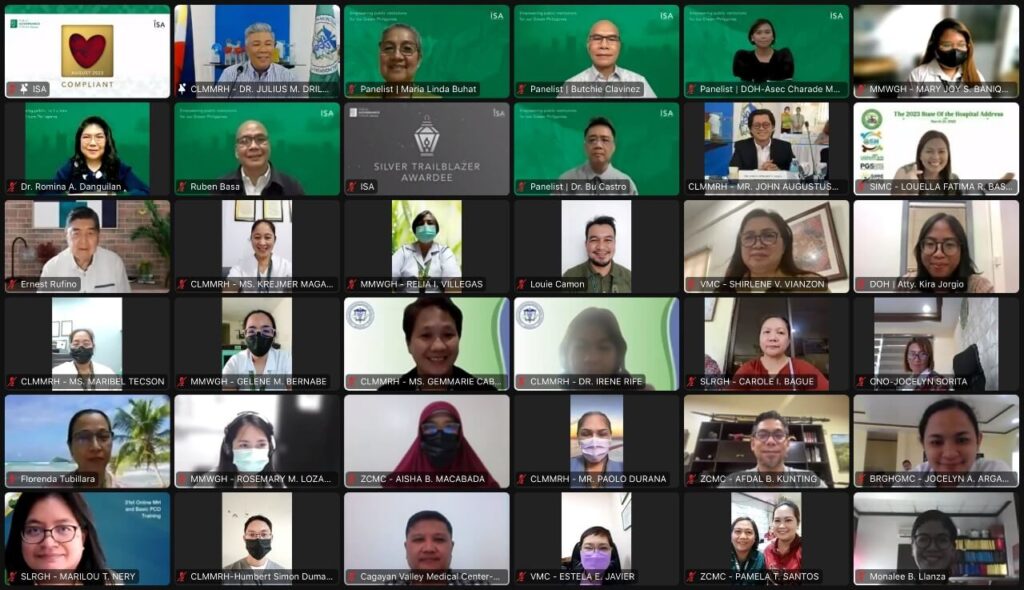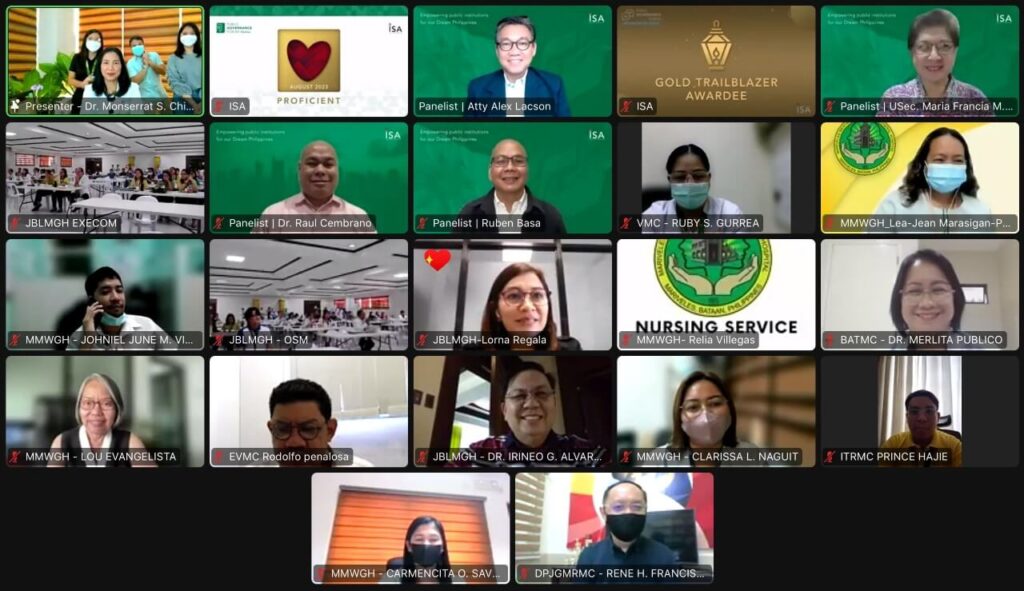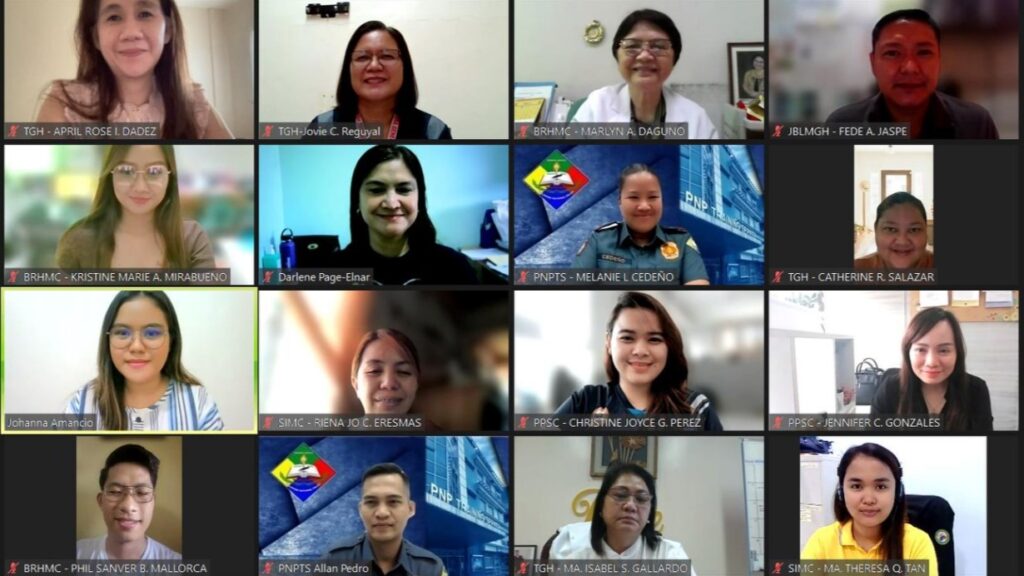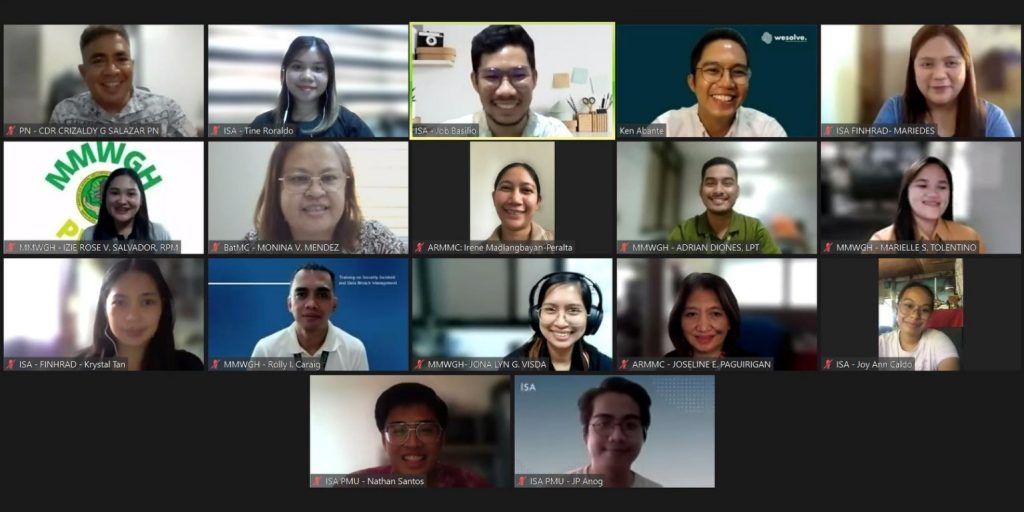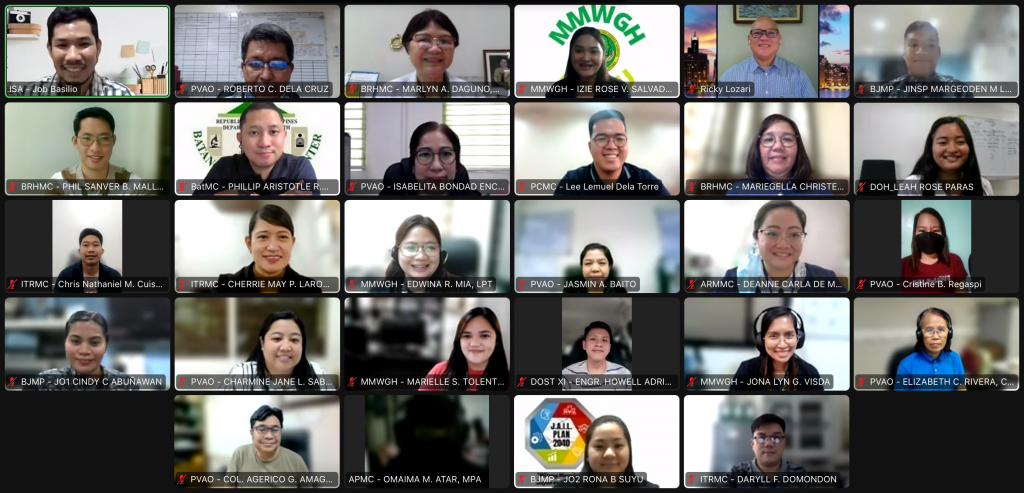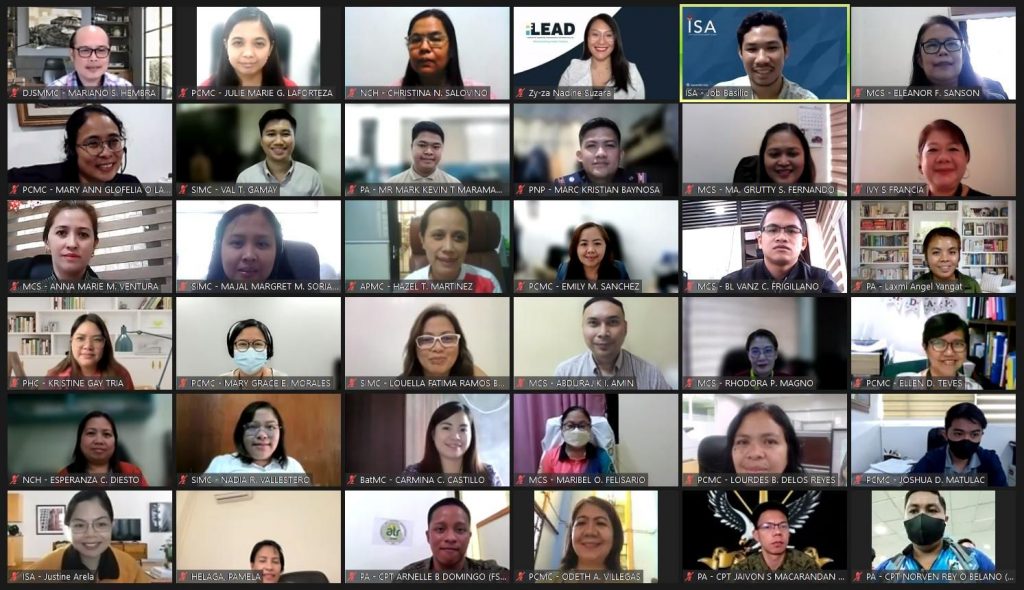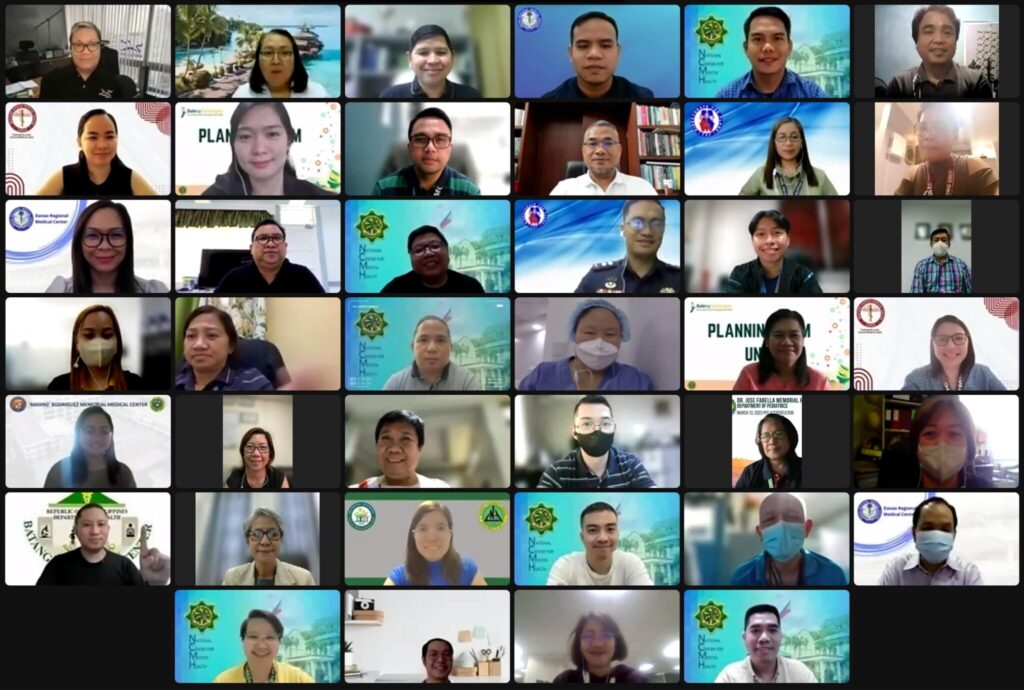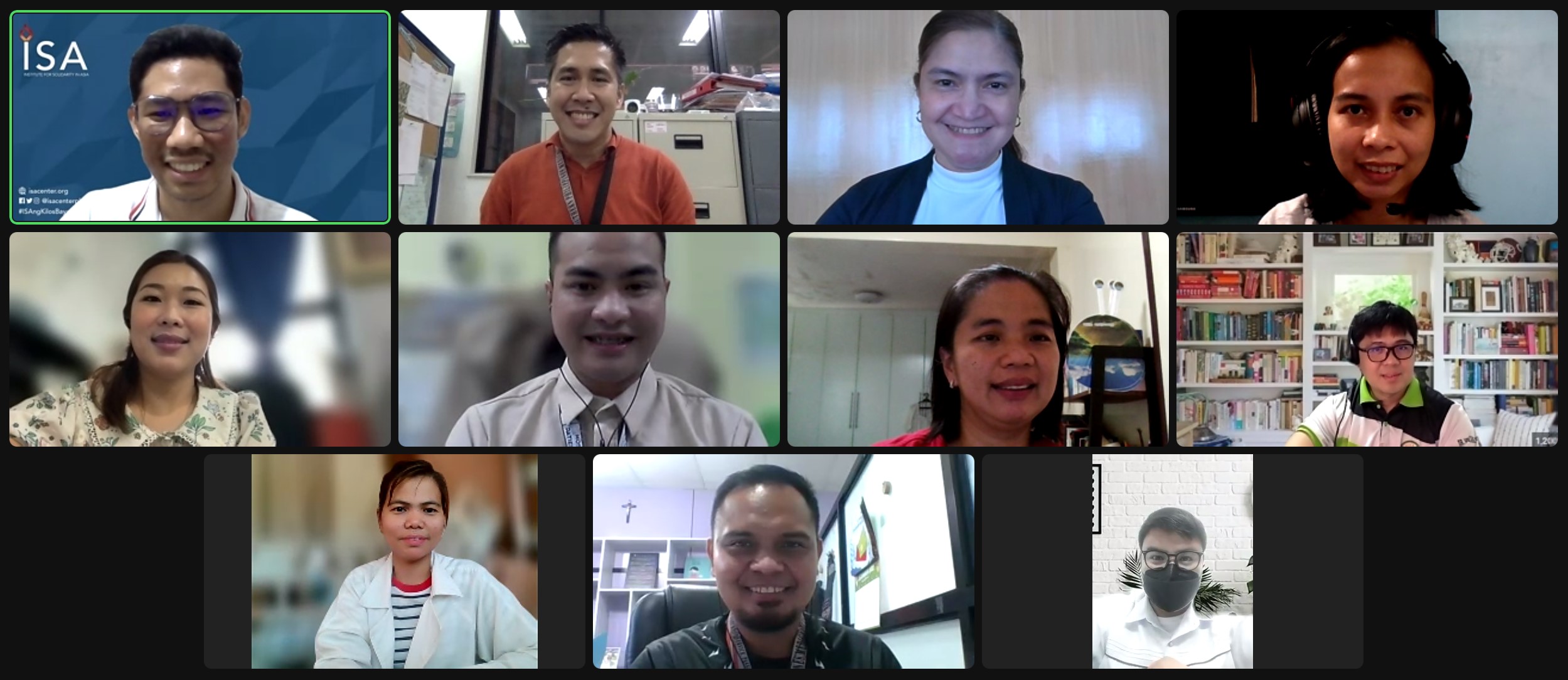[fusion_builder_container hundred_percent=”no” hundred_percent_height=”no” hundred_percent_height_scroll=”no” hundred_percent_height_center_content=”yes” equal_height_columns=”no” menu_anchor=”” hide_on_mobile=”small-visibility,medium-visibility,large-visibility” status=”published” publish_date=”” class=”” id=”” link_color=”” link_hover_color=”” border_size=”” border_color=”” border_style=”solid” margin_top=”” margin_bottom=”” padding_top=”” padding_right=”” padding_bottom=”” padding_left=”” gradient_start_color=”” gradient_end_color=”” gradient_start_position=”0″ gradient_end_position=”100″ gradient_type=”linear” radial_direction=”center center” linear_angle=”180″ background_color=”” background_image=”” background_position=”center center” background_repeat=”no-repeat” fade=”no” background_parallax=”none” enable_mobile=”no” parallax_speed=”0.3″ background_blend_mode=”none” video_mp4=”” video_webm=”” video_ogv=”” video_url=”” video_aspect_ratio=”16:9″ video_loop=”yes” video_mute=”yes” video_preview_image=”” filter_hue=”0″ filter_saturation=”100″ filter_brightness=”100″ filter_contrast=”100″ filter_invert=”0″ filter_sepia=”0″ filter_opacity=”100″ filter_blur=”0″ filter_hue_hover=”0″ filter_saturation_hover=”100″ filter_brightness_hover=”100″ filter_contrast_hover=”100″ filter_invert_hover=”0″ filter_sepia_hover=”0″ filter_opacity_hover=”100″ filter_blur_hover=”0″][fusion_builder_row][fusion_builder_column type=”1_6″ layout=”1_6″ spacing=”” center_content=”no” link=”” target=”_self” min_height=”” hide_on_mobile=”small-visibility,medium-visibility,large-visibility” class=”” id=”” hover_type=”none” border_size=”0″ border_color=”” border_style=”solid” border_position=”all” border_radius=”” box_shadow=”no” dimension_box_shadow=”” box_shadow_blur=”0″ box_shadow_spread=”0″ box_shadow_color=”” box_shadow_style=”” padding_top=”” padding_right=”” padding_bottom=”” padding_left=”” margin_top=”” margin_bottom=”” background_type=”single” gradient_start_color=”” gradient_end_color=”” gradient_start_position=”0″ gradient_end_position=”100″ gradient_type=”linear” radial_direction=”center center” linear_angle=”180″ background_color=”” background_image=”” background_image_id=”” background_position=”left top” background_repeat=”no-repeat” background_blend_mode=”none” animation_type=”” animation_direction=”left” animation_speed=”0.3″ animation_offset=”” filter_type=”regular” filter_hue=”0″ filter_saturation=”100″ filter_brightness=”100″ filter_contrast=”100″ filter_invert=”0″ filter_sepia=”0″ filter_opacity=”100″ filter_blur=”0″ filter_hue_hover=”0″ filter_saturation_hover=”100″ filter_brightness_hover=”100″ filter_contrast_hover=”100″ filter_invert_hover=”0″ filter_sepia_hover=”0″ filter_opacity_hover=”100″ filter_blur_hover=”0″ last=”no”][/fusion_builder_column][fusion_builder_column type=”2_3″ layout=”2_3″ spacing=”” center_content=”no” link=”” target=”_self” min_height=”” hide_on_mobile=”small-visibility,medium-visibility,large-visibility” class=”” id=”” hover_type=”none” border_size=”0″ border_color=”” border_style=”solid” border_position=”all” border_radius=”” box_shadow=”no” dimension_box_shadow=”” box_shadow_blur=”0″ box_shadow_spread=”0″ box_shadow_color=”” box_shadow_style=”” padding_top=”” padding_right=”” padding_bottom=”” padding_left=”” margin_top=”” margin_bottom=”” background_type=”single” gradient_start_color=”” gradient_end_color=”” gradient_start_position=”0″ gradient_end_position=”100″ gradient_type=”linear” radial_direction=”center center” linear_angle=”180″ background_color=”” background_image=”” background_image_id=”” background_position=”left top” background_repeat=”no-repeat” background_blend_mode=”none” animation_type=”” animation_direction=”left” animation_speed=”0.3″ animation_offset=”” filter_type=”regular” filter_hue=”0″ filter_saturation=”100″ filter_brightness=”100″ filter_contrast=”100″ filter_invert=”0″ filter_sepia=”0″ filter_opacity=”100″ filter_blur=”0″ filter_hue_hover=”0″ filter_saturation_hover=”100″ filter_brightness_hover=”100″ filter_contrast_hover=”100″ filter_invert_hover=”0″ filter_sepia_hover=”0″ filter_opacity_hover=”100″ filter_blur_hover=”0″ last=”no”][fusion_imageframe image_id=”9613|full” max_width=”” style_type=”” blur=”” stylecolor=”” hover_type=”none” bordersize=”” bordercolor=”” borderradius=”” align=”none” lightbox=”no” gallery_id=”” lightbox_image=”” lightbox_image_id=”” alt=”” link=”” linktarget=”_self” hide_on_mobile=”small-visibility,medium-visibility,large-visibility” class=”” id=”” animation_type=”slide” animation_direction=”up” animation_speed=”1.0″ animation_offset=”” filter_hue=”0″ filter_saturation=”100″ filter_brightness=”100″ filter_contrast=”100″ filter_invert=”0″ filter_sepia=”0″ filter_opacity=”100″ filter_blur=”0″ filter_hue_hover=”0″ filter_saturation_hover=”100″ filter_brightness_hover=”100″ filter_contrast_hover=”100″ filter_invert_hover=”0″ filter_sepia_hover=”0″ filter_opacity_hover=”100″ filter_blur_hover=”0″]https://isacenter.org/wp-content/uploads/2022/03/Option-1-Portrait.jpg[/fusion_imageframe][fusion_text columns=”” column_min_width=”” column_spacing=”” rule_style=”default” rule_size=”” rule_color=”” hide_on_mobile=”small-visibility,medium-visibility,large-visibility” class=”” id=”” animation_type=”” animation_direction=”left” animation_speed=”0.3″ animation_offset=””]
Photo by Jason Goodman on Unsplash
[/fusion_text][fusion_text columns=”” column_min_width=”” column_spacing=”” rule_style=”default” rule_size=”” rule_color=”” hide_on_mobile=”small-visibility,medium-visibility,large-visibility” class=”” id=”” animation_type=”” animation_direction=”left” animation_speed=”0.3″ animation_offset=””]
Organizations undergoing transformation journeys face many challenges including failing to effectively communicate their strategic goals to their employees, leading to a lack of a unified understanding of organizational vision and ultimately ending with poor strategy execution.
But how do organizations bridge the gap between strategy and execution? Effective strategic internal communication greatly helps leaders align their employees with their vision and strategic goals. Even amid various issues like restricted interactions due to the pandemic, the need to improve communication strategies, and organizational roadmaps getting lost in translation due to change management, strategic internal communication is vital to sparking increased employee engagement and productivity. Change must start internally, and ensuring your employees’ and stakeholders’ engagement is the key to your organization’s higher performance and successful transformation.
[/fusion_text][fusion_text columns=”” column_min_width=”” column_spacing=”” rule_style=”default” rule_size=”” rule_color=”” hide_on_mobile=”small-visibility,medium-visibility,large-visibility” class=”” id=”” animation_type=”” animation_direction=”left” animation_speed=”0.3″ animation_offset=””]
Here are five helpful tips for bridging the strategy-execution gap:
[/fusion_text][fusion_text columns=”” column_min_width=”” column_spacing=”” rule_style=”default” rule_size=”” rule_color=”” hide_on_mobile=”small-visibility,medium-visibility,large-visibility” class=”” id=”” animation_type=”” animation_direction=”left” animation_speed=”0.3″ animation_offset=””]
1. Identify and overcome your obstacles
The first step to bridging the strategy-execution gap is to assess your organization’s current internal communication strategies. To build an effective internal communication strategy, you have to be able to determine what to improve in the first place.
“When assessing your current strategy, determine what, to whom, and how you are communicating. Determine where are the gaps in your current strategy, and set those gaps as your objectives,” advised Col. Ruel Rombaoa (Ret.), Head of Marketing and Sales & AAGP Defense Division of the Alpha Aviation Group and strategic internal communications expert.
Organizations undergoing transformative journeys face issues unique to them based on their current PGS stage, workplace set-up, internal communication plans and implementation, and other factors contributing to a lack of a comprehensive and unified understanding by both the management and employees. Zero in on where your internal communication plan or execution is lacking, and prioritize addressing those concerns.
As if practicing social distancing wasn’t enough, many organizations were also forced to come up with ways to transcend communication barriers to keep employees engaged and close the distance with the rise of virtual workplaces.
To achieve this, Col. Rombaoa suggested checking up on employees through a “Virtual Kumustahan” using virtual meeting platforms regularly where the management displays sincerity and concern for their current situations and to reassure them they are not alone during the pandemic despite the physical distance.
2. Close the distance
Organizations have the advantage of creating and executing their own roadmaps, yet the issue of employees not being aligned with your vision or not fully understanding the bigger picture of your strategic goals hinders effective strategic implementation. How can strategic execution be effective if there is a gap in understanding the strategy between the management and employees? To close the distance, Col. Rombaoa stressed the critical role of effective communication.
“This is very vital because you cannot expect employees to say something about the transformation journey if they don’t know anything about it in the first place,” he emphasized.
Meet your employees halfway through a top-down approach, applying the principle of subsidiarity. Address the gap through story-driven communication of your priorities. Spark employee engagement and boost morale by aligning them with a shared vision to work towards overarching goals.
Col. Rombaoa also emphasized the importance of making your employees realize their significance in the organization as communicators. He further stated that one sign of a serious internal communication problem is when an employee begins to think that they are not making a significant contribution to their roles and responsibilities in the organization. Understand that each employee has a valuable role in working towards unified goals.
Spark genuine and organic engagement from employees through integrating story-driven communication and presenting with heart. He highlighted crafting your themes and messages to better resonate with the target audience.
“You have to let them. Give them an opportunity to realize their value and give them an opportunity to express it, to share that story to others. They want to be active co-authors in an overarching story,” he said.
Close the distance for successful strategy execution. Visions and strategies should be manifested into actionable terms and attainable short-term gains. Along with these short-term gains, establish a feedback mechanism that analyzes its effectiveness and impact on your organization and internal stakeholders.
[/fusion_text][fusion_text columns=”” column_min_width=”” column_spacing=”” rule_style=”default” rule_size=”” rule_color=”” hide_on_mobile=”small-visibility,medium-visibility,large-visibility” class=”” id=”” animation_type=”” animation_direction=”left” animation_speed=”0.3″ animation_offset=””]
Give [your employees] an opportunity to realize their value and give them an opportunity to express it, to share that story to others. They want to be active co-authors in an overarching story.
— Col. Ruel Rombaoa (Ret.)
[/fusion_text][fusion_text columns=”” column_min_width=”” column_spacing=”” rule_style=”default” rule_size=”” rule_color=”” hide_on_mobile=”small-visibility,medium-visibility,large-visibility” class=”” id=”” animation_type=”” animation_direction=”left” animation_speed=”0.3″ animation_offset=””]
3. Remember your 4S
Remember your 4S: Simple solutions to sustainable strategies. The course of action toward a sustainable strategy for your organization’s future goals can be as simple as a codified document.
“Come up with a plan that has business continuity embedded, and make it survive a year-on-year change. A plan is only as powerful as the resources behind it—budget constraints, manpower, and succession planning should be considered,” the strategic internal communications expert.
Planning ahead and writing down these plans can pay off in the long run amid a change in management and possible future changes in leadership direction. It is vital to ensure the continuity of your strategic roadmap and target achievements during your transformation journey.
Simple solutions such as briefing new management on your long-term goals can help avoid straying away from your core goal. Everyone has to be on the same page to work towards attaining your organization’s vision. This also encourages innovation through new leaders coming up with new projects and fresh ways to achieve these goals.
4. Take the leap
Jumpstart your strategy communication plan by executing institutional reality checks to determine their position in the strategic governance spectrum and identify your next steps.
Research and gather your information to come up with a sustainable plan. Afterward, set these next steps into a plan with phases to execute depending on your current standing and situation.
“You have to set breathing spaces when you are creating your strategy,” he said.
Furthermore, while innovation and reinvention often result in breakthroughs, Col. Rombaoa cautioned that too much can be unhealthy and must only be practiced when necessary for your institution.
In jumpstarting or refreshing strategic communication plans, he also highlighted the importance of applying basic and time-tested principles such as gathering information to craft your plan and tailoring an integrated strategy to consider external stakeholders and your people during each phase of execution.
[/fusion_text][fusion_text columns=”” column_min_width=”” column_spacing=”” rule_style=”default” rule_size=”” rule_color=”” hide_on_mobile=”small-visibility,medium-visibility,large-visibility” class=”” id=”” animation_type=”” animation_direction=”left” animation_speed=”0.3″ animation_offset=””]
A plan is only as powerful as the resources behind it—budget constraints, manpower, and succession planning should be considered. — Col. Ruel Rombaoa (Ret.)
[/fusion_text][fusion_text columns=”” column_min_width=”” column_spacing=”” rule_style=”default” rule_size=”” rule_color=”” hide_on_mobile=”small-visibility,medium-visibility,large-visibility” class=”” id=”” animation_type=”” animation_direction=”left” animation_speed=”0.3″ animation_offset=””]
5. Move forward
After learning and sharing the best internal communication practices, it’s time to move forward and put your strategy into action.
Create an integration plan for short-term and long-term goals, and commit to communicating your organization’s story using the right tools and tailoring them to fit your audience. Identify the suitable medium to reach your audience and get your message across.
Map your strategic internal communication plan. Know how to best communicate to your target audience and when is the best time to do so. Use various techniques, tactics, and procedures (TTPs) to share tangible and digestible pieces or stories with your audience.
Col. Rombaoa urged institutions to not limit themselves as mere publicists and communicators but become their story’s greatest fans and evangelists. The road ahead to a successful transformation is long and challenging, but everyone will eventually reach where they need and want to be.
Strategic internal communication is critical in a transformative PGS journey. Effective internal communication ensures cascading of information between your people for a more organized and unified approach to achieving institutional goals and vision. Communication is the key to bridging the strategy-execution gap by encouraging internal stakeholders to work towards short-term gains and a brighter future for your organization. Keep these tips in mind while being open to applying the best internal communication practices in your organization, and you’re set to being a better communicator your organization can trust and rely on.
[/fusion_text][fusion_separator style_type=”single solid” hide_on_mobile=”small-visibility,medium-visibility,large-visibility” class=”” id=”” sep_color=”” top_margin=”” bottom_margin=”” border_size=”” icon=”” icon_size=”” icon_circle=”” icon_circle_color=”” width=”” alignment=”center” /][fusion_text columns=”” column_min_width=”” column_spacing=”” rule_style=”default” rule_size=”” rule_color=”” hide_on_mobile=”small-visibility,medium-visibility,large-visibility” class=”” id=”” animation_type=”” animation_direction=”left” animation_speed=”0.3″ animation_offset=””]
Ready to firm up your organization’s internal communication capabilities and skills? We at ISA offer the Skills Lab, a capacity development program designed to empower organizations by enhancing diverse skills unique to any organization’s needs to achieve long-term sustainability and success. A Skills Lab course on Strategic Internal Communications awaits you! For more information, don’t hesitate to contact Janine Medina at jmedina@isacenter.org.
[/fusion_text][/fusion_builder_column][fusion_builder_column type=”1_6″ layout=”1_6″ spacing=”” center_content=”no” link=”” target=”_self” min_height=”” hide_on_mobile=”small-visibility,medium-visibility,large-visibility” class=”” id=”” hover_type=”none” border_size=”0″ border_color=”” border_style=”solid” border_position=”all” border_radius=”” box_shadow=”no” dimension_box_shadow=”” box_shadow_blur=”0″ box_shadow_spread=”0″ box_shadow_color=”” box_shadow_style=”” padding_top=”” padding_right=”” padding_bottom=”” padding_left=”” margin_top=”” margin_bottom=”” background_type=”single” gradient_start_color=”” gradient_end_color=”” gradient_start_position=”0″ gradient_end_position=”100″ gradient_type=”linear” radial_direction=”center center” linear_angle=”180″ background_color=”” background_image=”” background_image_id=”” background_position=”left top” background_repeat=”no-repeat” background_blend_mode=”none” animation_type=”” animation_direction=”left” animation_speed=”0.3″ animation_offset=”” filter_type=”regular” filter_hue=”0″ filter_saturation=”100″ filter_brightness=”100″ filter_contrast=”100″ filter_invert=”0″ filter_sepia=”0″ filter_opacity=”100″ filter_blur=”0″ filter_hue_hover=”0″ filter_saturation_hover=”100″ filter_brightness_hover=”100″ filter_contrast_hover=”100″ filter_invert_hover=”0″ filter_sepia_hover=”0″ filter_opacity_hover=”100″ filter_blur_hover=”0″ last=”no”][/fusion_builder_column][/fusion_builder_row][/fusion_builder_container]


